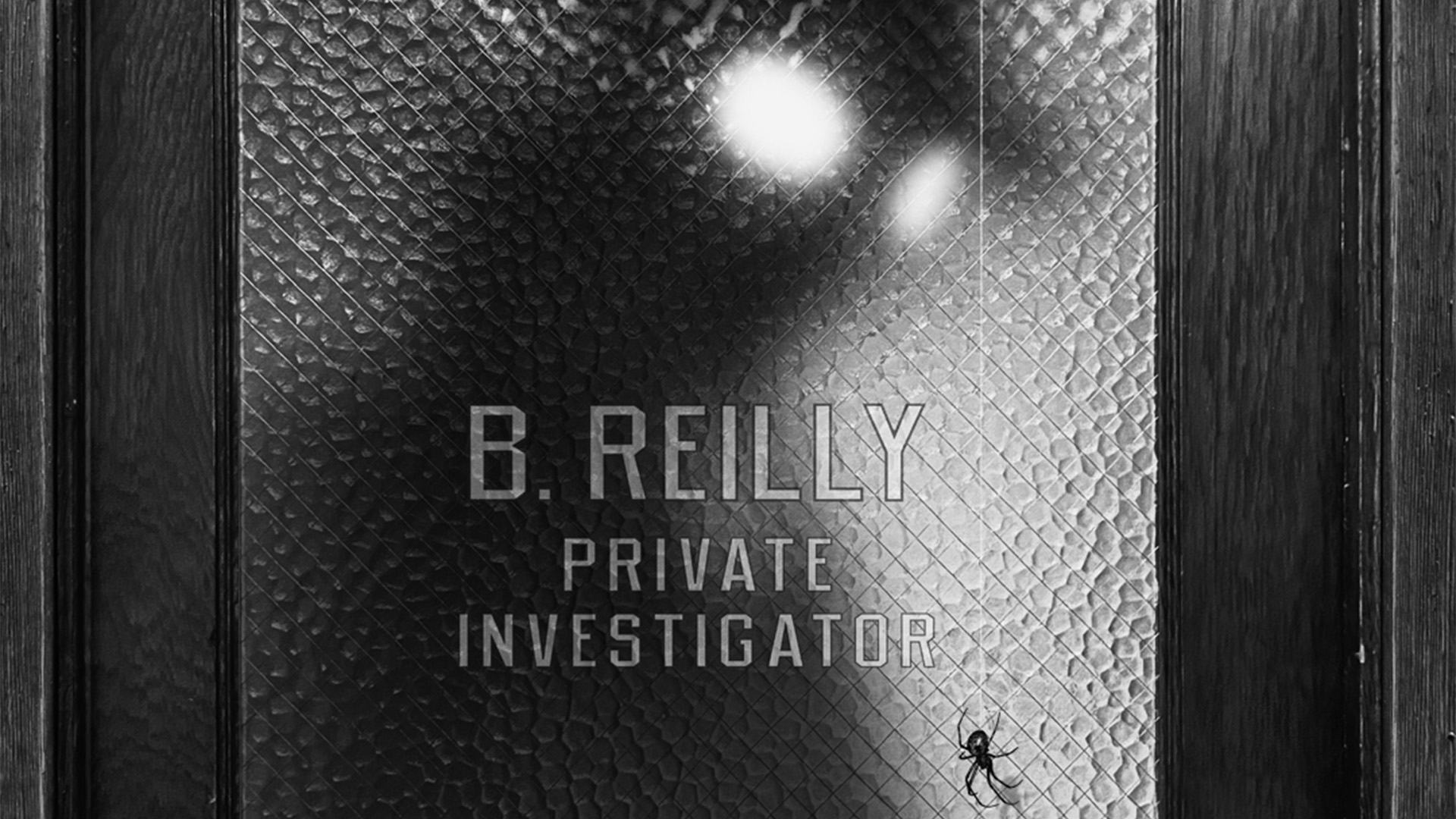5 top tips for better branding
Chris Moody, creative director at Wolff Olins and a 2015 Brand Impact Awards judge, reveals five principles for better branding.
Founded in London in 1965, Wolff Olins has been an integral part of the UK's design heritage for half a century.
Iconic designers Michael Wolff and the late, great Wally Olins invented the concept of modern branding, and, says creative director Chris Moody, almost 50 years later the same pioneering spirit still runs through the agency's veins.
"Perhaps the reason we still feel relevant is because we keep bringing in new people with new ideas," says Moody, who helps global brands make a positive impact and has changed the way we interact with global brands like Sony Ericsson and Skype.
A collaborative spirit and commitment to human-centred design is at the heart of Wolff Olins' global output.
Read on as Moody shares some of the deeper principles that have kept the agency at the forefront of branding for the last five decades...
01. Keeping branding unresolved
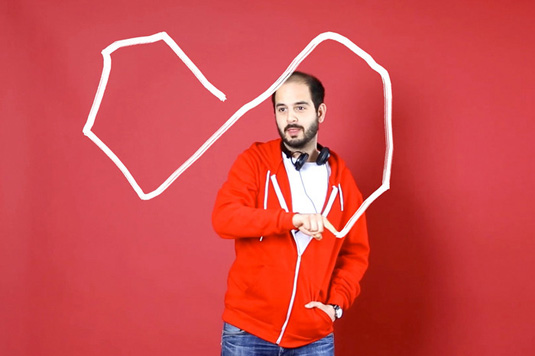
"Modern brand identities often work best when they are slightly unresolved," says Moody. "This allows people to meddle with them."
Wolff Olins' transformation of Virgin Media's logo into a symbol 'a child could draw' offers a case in point. Reducing its distinctive 'infinity' logo to a simple shape allowed it to be drawn by anyone and easily expressed as a gesture.
Daily design news, reviews, how-tos and more, as picked by the editors.
This simple expression of the brand also allowed customers to interact and have fun with the logo – using an app that the media company made whereby people can generate their own personalised marks.
"It might be something really simple, but it should allow people to make the brand even better," Moody adds. "Think just as much about the applications of your identity and exactly how your brand comes to life. Are people going to be interacting with it? How will they be getting involved?"
02. Don't be precious
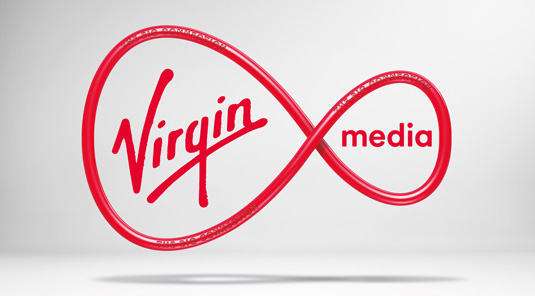
The innovation that Chris Moody's team injected into the Virgin Media branding leads him to a second important point: "Don't be precious," he asserts. "Designers need to embrace the opportunity that being more agile can bring you."
"The days when a brand agency could hide away for months on end then dump a guideline document on a client's desk are over," Moody continues. "More and more clients need you to work smartly and coherently alongside some existing live assets."
03. Always think: context
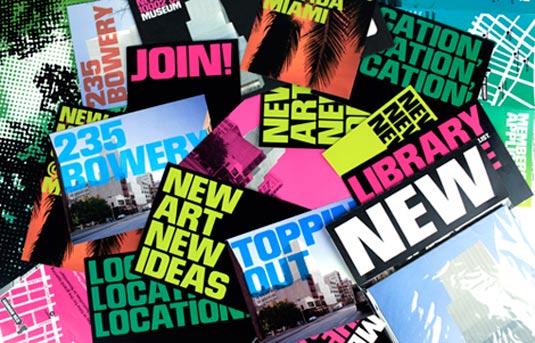
"We talk a lot about how the world of branding has blurry edges nowadays," says Moody. "Everything we do now stretches into different areas. Even if you concentrate on pure graphic design, you're still going to have an influence on product design and service design."
"Ask yourself: what's the location of the branding? Will it exist in its own right? Will it have an impact on the space around it?"
Wolff Olins' work for New York's New Museum, for example, involved a logo that moves and flexes to welcome new artists and audiences, and to announce new art and the role of the new museum.
"If you're thinking about people and place, you've also got to think of the type of audience. Is it going to be open for everybody or a select group?"
The logo broadened the venue's scope from the narrow definitions of an art museum to becoming recognised as cultural hub, while the associated mantra 'open, fearless and alive' became an invaluable tool for internal decision making and self-renewal.
04. Follow butterflies
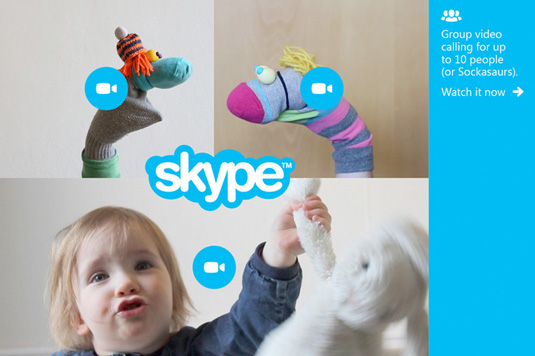
"In our process at Wolff Olins, we often use something we call the butterfly," says Moody. "This sets out two things that you really have to answer in your brief: what's special about you – what are your design strengths – and what does the world really need?"
"There should be an overlap between those two things. You need to be clear about why you are working on whatever it is you're doing."
"At Wolff Olins, social impact is the thing we look to achieve in everything we do. There are plenty of brands out there already. What's needed are brands that add value to the world."
05. Identify a hierarchy
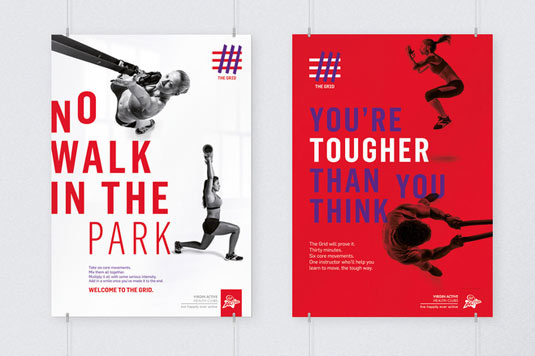
"We always look at different elements of what's creating our brand palette, which starts to give a hierarchy early on," says Moody. "When you're creating a new identity, everything is new to the audience. It can be hard to take on all the meanings of all these different things."
"For instance, if it's all about being global and universal, you might make iconography the hero and everything else becomes a supporting role, therefore colour is used purely in an applicational sense. Think of your brand like a mixing desk: not everything is turned up to 11."
Words: Tim Hardwick
Liked this? Try these...

The Creative Bloq team is made up of a group of art and design enthusiasts, and has changed and evolved since Creative Bloq began back in 2012. The current website team consists of eight full-time members of staff: Editor Georgia Coggan, Deputy Editor Rosie Hilder, Ecommerce Editor Beren Neale, Senior News Editor Daniel Piper, Editor, Digital Art and 3D Ian Dean, Tech Reviews Editor Erlingur Einarsson, Ecommerce Writer Beth Nicholls and Staff Writer Natalie Fear, as well as a roster of freelancers from around the world. The ImagineFX magazine team also pitch in, ensuring that content from leading digital art publication ImagineFX is represented on Creative Bloq.
